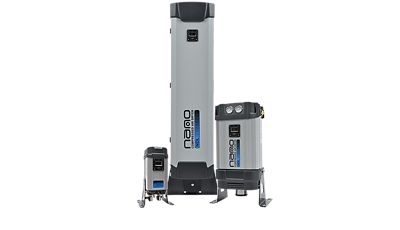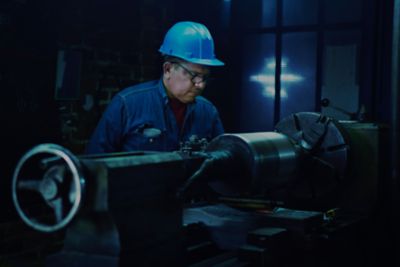Classic cars are a thriving industry that not only brings joy to enthusiasts but also contributes to the economy by creating jobs and generating billions of dollars globally. Owning a vintage car is a popular hobby in several countries, and it is growing increasingly popular in other parts of the world, thanks to auctions, clubs, and a passionate following. People love owning classic cars for various reasons. It is not just about nostalgia but also about diversifying their investments.
When you invest a substantial amount of money in a high-end classic car, you want to protect your investment and reduce the risk of its value dropping. By maintaining your car's condition, you can keep your investment in tip-top shape, and one effective method of doing so is Dry Ice Cleaning, also known as Dry Ice Blasting. This technique can clean and restore the undercarriage of high-end automobiles, ensuring that your car remains in excellent condition for years to come.
Dry Ice Blasting is an innovative and efficient technique that is widely used for car restoration and cleaning various surfaces. Compared to other blasting methods, such as sand or wet blasting, dry ice blasting is much cleaner and environmentally friendly. With this technique, the dry ice evaporates into the air, leaving no mess behind. This means that not only is it easy to clean up, but it also helps to keep the environment clean by safely disposing of the contaminants that are removed. The process is also safe for vintage automobiles, as it does not require any disassembly. The principles of kinetic energy, thermal shock, and rapid expansion are utilized to remove dirt and contaminants from various surfaces, including paint, plastic, rubber, and metal. To operate the equipment, compressed air is required in conjunction with the dry ice pellet.
Did you know that a typical compressed air system has 10 major contaminants that come from four different sources? Knowing this can help you take effective measures to ensure a clean and safe compressed air system. Here are the contaminants and their sources:
Contaminant Source 1
- The Atmospheric Air
- Water vapor
- Micro-organisms
- Atmospheric dirt
- Oil Vapor
Contaminant Source 2
- The Air Compressor
- Liquid oil
- Oil aerosols
- Oil vapor
- Condensed liquid water
- Water aerosols
Contaminant Source 3
- The Air Receiver
- Rust
- Pipe scale
Contaminant Source 4
- The Distribution System
- Rust
- Pipe scale
By being aware of these sources of contamination, you can take steps to minimize their impact on your compressed air system and ensure that it operates smoothly and safely.
Compressed air systems are critical to many industrial processes. However, the presence of contaminants, particularly water vapor, can compromise the safety and efficiency of the system. To ensure smooth operations, contaminants must be removed or reduced to acceptable levels. It's important to remember that while water separators and coalescing filters provide a level of protection, water vapor can still persist in the compressed air system. Thankfully, compressed air dryers such as refrigerated, desiccant, or membrane-type dryers can efficiently remove water vapor. By understanding the importance of these dryers, you can ensure that your compressed air system runs smoothly and efficiently, without any risk to safety.
Dryce™ Nation, the only comprehensive automotive dry ice cleaning company in the world, is based in Orlando, FL. They specialize in restoring high-end classic cars and selling a line of Dry Ice Blasters. The dry ice blasting equipment requires compressed air to drive the dry air pellets.
To meet this requirement, Dryce™ Nation purchased a high-quality air compressor for their restoration lab. However, the wet compressed air, mixed with the dry ice pellets, created a messy cleaning situation for the Dryce™ Nation team. They purchased and installed a refrigerated compressed air dryer to solve this issue. However, the refrigerated dryer generated a dew point of only around 34°F PDP, which was insufficient. Therefore, they invested in a top-of-the-line desiccant dryer that could achieve a -40°F PDP and get the required results.
Dryce™ Nation's restoration lab has recently undergone a significant improvement with the installation of a cutting-edge nano model NDL 130F modular desiccant air dryer, which comes equipped with an Energy Savings System. Thanks to this advanced dryer, the team is now able to achieve a professional-level finish with ease, and the workspace is cleaner and more organized than ever before. The team is so confident in the dryer's performance that they have decided to offer it for sale alongside every Dry Ice Blaster system they sell. If you're looking to take your restoration game to the next level, then you should definitely consider Dryce™ Nation's advanced nano desiccant air dryer. Experience the difference for yourself today!




